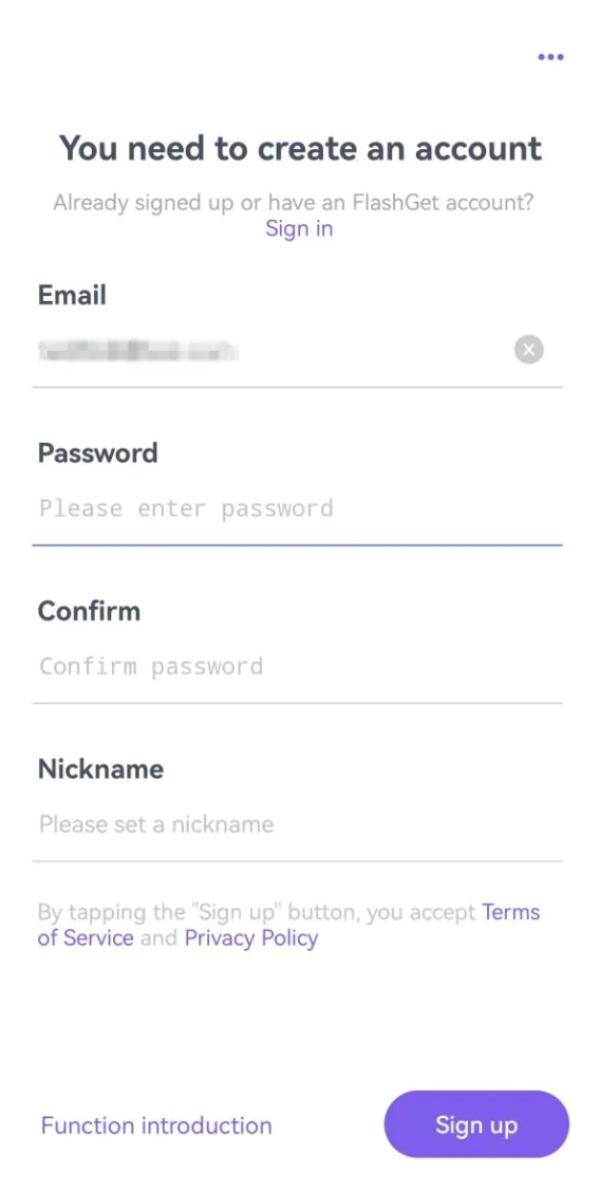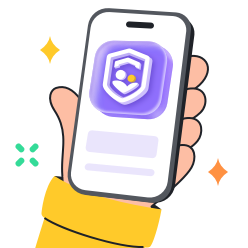How do you customize screen timeout on your Android device so that it stays on longer?Having the ability to customize screen timeouts on your Android devices becomes important to allow you a quality user experience.
It may be that you want to keep it on so that you can enjoy a certain activity on the phone uninterrupted, or you just want to easily access an app on the phone without too much tapping.
Some example instances that may require longer screen timeout periods include:
- Read an interesting novel
- Watch your favorite show without having to keep clicking the screen
- Work on an urgent online task and you need to save time
What is Screen Timeout on Android?
Screen timeout is a feature in Android devices that allows users to set how long the screen stays active or lit before going dark when there is no action.
When using your Android device, you normally have to either type on the keyboard, touch the screen, or scroll up and down on the touchscreen. These activities ensure that the screen doesn’t go off. As a result, you can interact with the device seamlessly.
However, if the device stays inactive for a certain period after the last touch interaction, it automatically turns the screen off. This is to preserve battery charge and screen life.
You can control the time a screen remains turned on via the Android screen timeout settings. You can even customize this to match your timezone so that the phone also behaves differently for daytime and nighttime.
By default, Android devices come with a 30-second to 1-minute display light-off interval. After this period, the screen goes to sleep mode automatically. However, you can change this default setting to your custom screen timeout period.
Keeping families safe in a digital world.
How to change Screen Timeout on Android
Setting the screen idling time on your Android device is easy. All you need to do is access the phone settings.
Here, you can set the screen timeout, thus regulating the idle period of your screen. This idle time is the length of time your phone will be on when no actions are initiated.
Here’s how to change the screen timeout setting on an Android device:
1. Open Settings: Start by going to the “Settings” app on your Android phone. You will find it either on the app drawer, on the home screen, or on one of the pre-installed apps within your smartphone.
2. Navigate to Display: Once you find the “Settings” app, check the lower end of the screen for the “Display” or “Screen” settings section. You will find it in landscape mode. Press it to change the output to wide mode.



3. Find Screen Timeout: In the “Display” section of the settings, look for the “Screen Timeout” or “Sleep” option. This is the setting that determines the time the screen remains on after inaction.



4. Adjust Timeout Duration: To change the timeout duration, just tap on “Screen Timeout” to see the available timeout options, which include the period of 15, 30 seconds, 1 minute, 5 minutes, and so on.



5. Choose Desired Timeout: Pick the timeout length that fits your requirements. A shorter timeout will enhance battery life.
6. Apply Changes: Finally, apply the changes to have them take effect.
The steps above allow you to either extend or shorten the screen timeout on your Android phone. Set it to match how you use the device.
Remember to aim for the ideal state. This means that you balance between usability and battery life.
How to keep screen on for certain apps on Android?
If you want to keep the screen on for specific apps on your Android device, here are a few options that you can try:
1. Developer Options: Choose the “Stay Awake” option in the developer settings to keep the device from going into sleep mode. This, in turn, keeps the screen on when the device is in charging mode.
From the developer mode, you can also go to “Settings” > “About Phone” > and tap the build number seven times. Next, tap or click on “Developer Options” and check the “Stay Awake” while charging box.
2. App-Specific Settings: Some apps, such as video (music) players, are set to keep the screen on when the app is active. If the app settings are visible, you will see an option labeled “Screen on”.
3. Third-Party Apps: The Google Play Store houses their apps as go-to apps that you can use to manage screen timeout settings for particular apps. Such apps can be your helping hand if you want to have control over whether your app sets as awake or not.
With such profiles created, you can keep necessary apps on-screen while also ensuring that your phone is available for you when you need it.
How to disable Screen Timeout on Android?
Sometimes, you may need to have your device screen on throughout until you manually switch it off. In such instances, you can disable the screen timeout. This, however, comes with a big downside in that your device’s battery will keep dying out faster.
Here’s how to disable screen timeout on Android devices:
1. Open Settings: Start by going to the Settings section on your Android device.
2. Navigate to Display: Once opened, scroll down and tap on the “Display” or “Screen” option.
3. Find Screen Timeout: Then navigate to “Screen Timeout” or “Sleep” in the display settings.
4. Select Never: Spot the “Never” or “No Timeout” option and select it.
5. Confirm Changes: Apply the changes made to your settings and exit the settings menu.
Following the above steps helps you turn off screen timeout on your Android phone.
Remember that this screen-on feature provides a tempting option of unlimited use that can quickly eat up all of your battery. Use it more thoughtfully to ensure that you preserve your device’s battery life as well.
How to disable Screen Timeout for certain apps on Android?
There is no particular feature available in Android to keep the screen of one or more applications timeout disabled. However, there are options and workarounds to help implement this.
These methods allow you to keep the screen on while using specific apps without changing the general screen timeout setting for the entire device.
1. In-App Settings: Within each app settings, you can find “Keep Screen On” or “Stay Awake” options that can help you set this up.
2. Third-Party Apps: Various third-party apps are available in the Google Play Store that help you manage the screen timeout settings across all of the apps on your phone. These apps will permit users to have a screen timeout setting for the phone while specifying the app that needs the phone screen to stay on without affecting the phone’s general screen timeout configuration.
3. Task Automation Apps: Task Automation apps like Tasker help automate choosing screen timeout settings for a particular app. Tasker allows you to set custom screen timeout profiles and tasks. When the selected apps are launched, the screen will stay on and the timeout will revert to default when other apps are opened.
4. Display Overlays: Applications that implement display overlays can keep the screen on, and the overlay will be active only during the time the overlay is active. Such a method will be applicable for some narrowed apps but may work inappropriately for others.
With these techniques, you can limit to switching to the screen-off mode for particular applications on your Android device. This can enable you to keep the screen of devices on which apps require the screen to stay on for a long time.
Be keen to ensure that you spend your energy consciously. Also, modify settings appropriately to save energy when required.
How do I control my child’s Screen Time on Android?
Currently, kids are getting carried away by screen time. As a parent, you need to find a way to limit the time your kids are on their devices or specific apps. This way, you will help them develop a good relationship with technology.
One effective tool that you can use to manage this is FlashGet Kids. This is a parental control app that allows you to control how long your kid is using the screen on Android devices.
The Installation Process for FlashGet Parental Control Follows this Step:
1. Download the App:
- If you’re using an Android phone, search for “FlashGet Kids” on Google Play or visit the download page on your parent’s device.
- If you’re using an iPhone or iPad, download FlashGet Kids from the App Store.



2. Create an Account:
- Register a FlashGet account if you haven’t already. You can sign in if you already have an account.



3.Bind Child’s Device:
- Currently, FlashGet Kids supports managing children’s Android devices. Open a browser on your child’s device and visit flashget.kids (not flashget.com).
- Download the APK file from the website. If you encounter an “unknown sources” prompt, enable “Downloads from Unknown Sources” in your settings.
- After installation, open FlashGet Kids on your child’s device. If you use Android 13 or later, access it via flashget.kids/openkids.
4.Bind Parent and Child Devices:



- On the parent’s phone, sign in to FlashGet Kids for the parent.
- Tap on “Parents’ devices” and choose “Agree.”
- Get a 9-digit code from the parent’s app and enter it in the child app on the kid’s device.
- Turn on relevant permissions to keep FlashGet Kids running in the background.
Here’s how to use FlashGet Kids to control your child’s screen time:
- Configure Screen Time Limits: Proceed to set the daily screen time for your child.
- Set Usage Schedules: With FlashGet Kids you will be able to set the usage schedule and enforce it to allow your kids to stick to the timings.
- Monitor Usage: The apps come with a real-time feature that tracks usage and reveals the apps used and the length of time spent on them.
- Monitor Content: FlashGet Kids helps monitor content thus guaranteeing safe internet usage for your children.
FlashGet Kids app helps you to effectively manage your child’s screen time on their Android devices.
With a set of comprehensive features, this app gives you control over when and how your child uses their device, while also helping you protect them from potential online risks.
FAQs
Where are the screen timeout settings?
You can find these settings in the “Display” section of the system settings app. This is usually located in the “Settings” menu, where you can specify your preferences.
What is the default screen timeout on Android?
It varies depending on the ODM/OEM and phone model.
Each Android device comes with a screen timeout setting of around 30 seconds to 1 minute as default.
What turns off screen time?
When the device is not in use, the screen will be shut down automatically after some period to save the battery.
Can screen timeout be turned off?
Screen timeout can be disabled by setting the timeout duration to “Never” or “No Timeout” in the screen timeout options.
If there is no “Never” option, you can choose the longest timeout duration to get closer to unlimited on-screen time.

